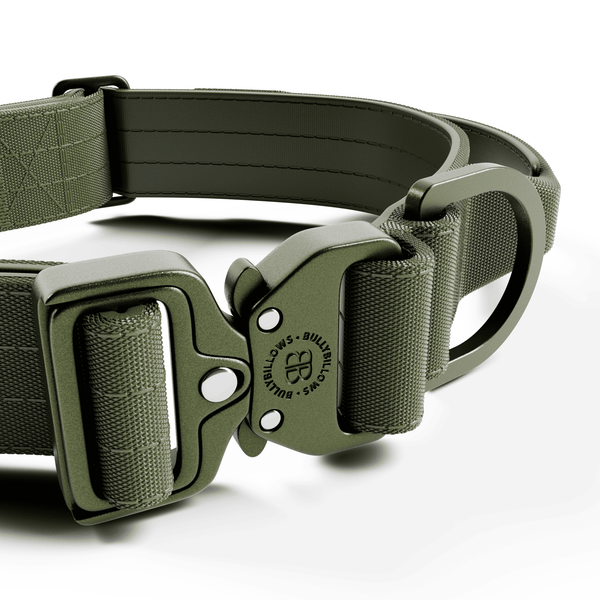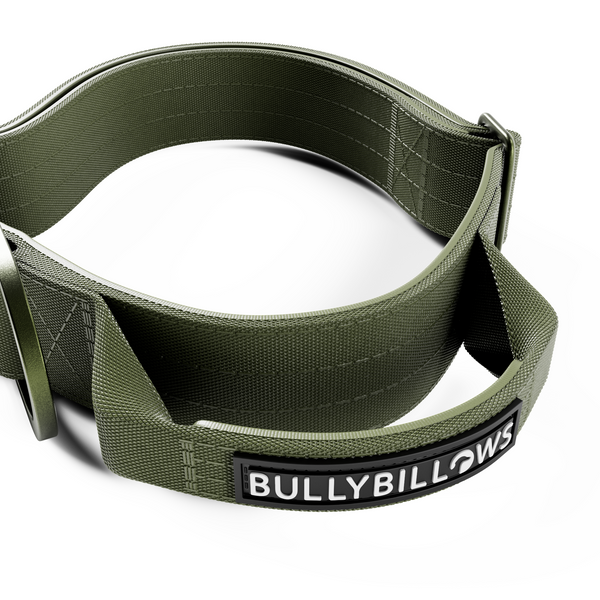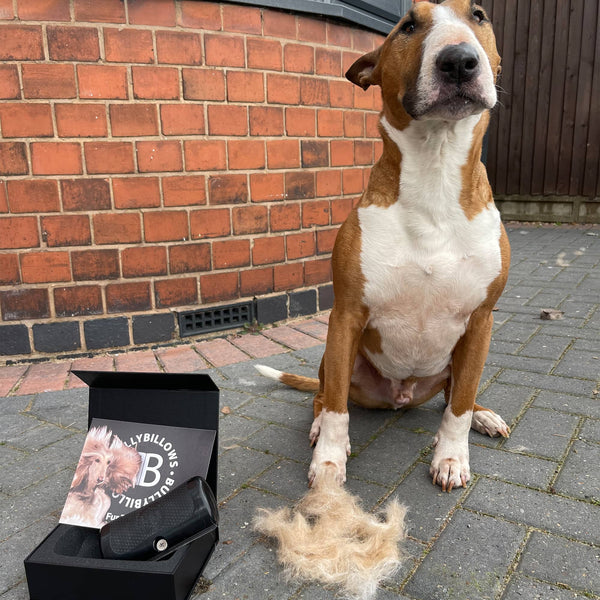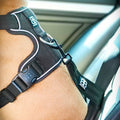If you’ve landed on this blog post, you’re most probably wondering whether or not to neuter your dog. It’s not always an easy decision to make, especially when it’s normally an elective surgery you don’t technically have to put your pet through without a specific reason. We totally get it.
However, sometimes, neutering is necessary or something you want to do with your fur baby’s best interests at heart. We’re here with our guide to neutering to put your mind at ease and help your pooch recover.
What does neutering a dog mean?
Put simply, neutering is the process of removing both testicles from a male dog, which is why you’ll also often hear it referred to as castration. While the mere mention of it is enough to make you wince, it’s a pretty common surgical procedure carried out successfully thousands of times a day.
Neutering a dog also comes with a pretty quick recovery time. Your pooch can be back on their paws and back to normal in just a few days with lots of rest, lots of TLC and plenty of treats (this isn’t scientifically proven but copious treats are good for the soul, right?).
It’s important to note that neutering is only for male dogs (with testicles). Female dogs can go through a similar procedure of having their sexual organs removed but this is known as spaying, not neutering.
Why do people neuter their dogs?
Neutering might sound like a nasty procedure—and hey, any trip to the vet isn’t nice for you or your fur baby—but there are a number of reasons why some people choose to neuter their dogs.
To improve behaviour and obedience
One of the most common reasons owners neuter their male dogs is to help alleviate undesirable behaviours like aggression, sexual aggression, disobedience and territorial marking.
There is extensive and conflicting medical research out there about the impact of castration on the behaviour and nature of dogs. However, lots of evidence points towards the procedure leading to calmer and less aggressive animals.
To avoid future health problems
One of the other main reasons owners choose to neuter their dogs is to remove the risk of certain health issues later in life. Without their reproductive organs, male dogs are at far less risk of diseases or infections related to this part of their biological anatomy such as specific types of cancer.
To control reproduction
When a dog is still intact (i.e., he still has his reproductive organs), there’s a chance he could get a female dog pregnant during mating season. If this were to happen, you might end up having to pay the unexpected price of having shared custody of a litter of puppies.
Neutering (i.e., the removal of the reproductive organs) means this wouldn’t be possible so you can relax when your dog is around their four-legged female counterparts.
To keep the costs of pet ownership down
With all of the other reasons above considered, neutering is sometimes a way for pet owners to keep the cost of looking after their dog down. By fending off future health conditions, nurturing a well-behaved pooch and eliminating the risk of unplanned pups, you can rule out some unnecessary or unwanted spending.
What is the best age to neuter a male dog?
The best age to neuter a dog largely depends on the size of the breed. Current general veterinary advice recommends:
-
For small or toy breeds, the best age is somewhere between 6-9 months of age.
- For medium and large breeds, the ideal time is somewhere between 12-18 months old.
Some advice will tell you to neuter your dog on the earlier side of those guidelines before their sexual reproductive has fully formed. This is because it is a quicker surgical procedure that’s easier to recover from.
Other schools of veterinary thought will tell you to wait longer and let the sexual reproductive organs develop further before castrating. This is so the procedure can’t hinder the maturation of other things like the musculoskeletal system (bones, muscles, joints and tissues).
Speak to your vet
While these are great guidelines to follow, it is important to only use them as rules of thumb and consider your dog as the individual VIP (Very Important Pooch) they are. All dogs are unique in so many different ways and there may be something about your pet (physically, medically, etc.) that impacts the best time to get them neutered.
Book an appointment with your vet to make sure you’re making the right decisions for your doggo.
Does neutering calm a dog?
There is a lot of diverse research on this topic but the higher levels of testosterone present in dogs that haven’t been neutered are believed to increase problematic (and potentially problematic) behaviours including:
- Confidence
- Risk-taking
- Aggression
- Sexual aggression and libido
- Territory marking
All of these behavioural traits can make a dog less calm. Neutering lowers the levels of testosterone in a dog, reducing these behaviours and as a result, is believed to have a positive impact on calmness.
Training your dog to be calm
Although neutering is one way to calm your canine companion, this shouldn’t be your only tactic. Consistent dog training is the best way to teach your pet about desirable behaviours and how to act in the company of other humans and hounds.
There is a whole raft of books, YouTube videos, TikToks, etc., to get you up to speed on the most effective dog training strategies. First, though, you’ll need to set yourself up for success with the essential equipment.
Here’s what you’re going to need:
-
Dog training lead - From short-length leads for walking and medium-long lengths for obedience training to double-ended dog training leads for maximum control, we've got you covered.
-
Dog training harness - Whether your dog is generally disobedient or a problem puller, training harnesses are designed to give you more control while still keeping your wild one secure and comfortable. Perfect if you don’t feel like a classic collar and lead offers enough support for your training.
-
Safety muzzle - If your dog is displaying signs of aggression, we would recommend having a comfortable muzzle on hand for the ultimate safety of you, your dog and those around you.
- The all-important treat pouch - Treats are the perfect way to reinforce good behaviour and reward your dog for doing what you want them to do. Don’t forget to get yourself a handy treat pouch to keep them in along with other small bits and bobs like your car keys and poo bags.
Check out our Ultimate Guide To Dog Training Must-Haves too!
Do I need to stay home with my dog after neutering?
Yes, you should factor in time off work or time at home to be with your dog in the days following their operation—ideally, for the full week or so but definitely for the first 48 hours.
Your dog will have had anaesthesia so you’ll need to make sure they come around from that without any lasting effects. You’ll then need to be there to administer pain relief and to keep an eye on the wound to make sure it’s healing as it should.
If you can’t stay at home with your dog after they’ve had the procedure done, we’d suggest enlisting the backup of a trusted and experienced dog sitter.
Also, if your pooch is alone at any point during post-surgery recovery—at bedtime or if you need to nip to the shop, for example—make sure they’re wearing a protective cone or collar so they can’t nibble at their wound.
Kit your canine out with all the essentials at BullyBillows
Now you’ve made it to the end of this blog post, you might want to go and stretch your legs in the great outdoors with your four-legged buddy. Before you do, don’t leave without browsing our full collection of dog walking and dog training essentials to make sure you’ve got all bases covered.
Here at BullyBillows, we’ve got everything you’re going to need, from dog ID tags to cosy coats to keep them warm and dry when they’re out and about on adventures.
For more news, advice and product buying guides check out the rest of our blog…
Dog Exercise: Needs By Breed | How To Prevent And Treat Travel Sickness In Dogs | Dealing With Puppy Behavioural Problems































































